How Pakistan got into the club of nuclear powers
Among these countries, Pakistan stands apart, which is considered to be the most unusual and unobvious member of the nuclear club. On the other hand, the Islamic Republic of Pakistan, which was formed only in 1947 year as a result of the division of the territory of British India, in fact, had no other choice and path for development after India acquired nuclear weapons.
Pakistan is currently the sixth largest country in the world (population of about 200 million people) and the second largest with a Muslim population (after Indonesia). This is the only Islamic state in the world that has been able to create its own nuclear weapons. At the same time, Pakistan and India did not sign the Treaty on the Non-Proliferation of Nuclear Weapons, nor the treaty on a comprehensive ban on nuclear testing, which does not contribute to the establishment of stability in this region of the planet.
The confrontation between the two neighboring countries is today known as the Indo-Pakistani conflict, it has continued since these countries gained independence in 1947. Only in the 20th century did this conflict contain three major Indo-Pakistan wars (1947-1949, 1965 and 1971) and a series of lesser armed conflicts. These armed conflicts and remaining territorial claims against each other make the two countries interested in developing and building up means of mutual “deterrence and intimidation”. One of those means of deterrence was nuclear weapons.
According to the strategic plans of the ruling Pakistani circles, the nuclear program of this country pursues the main goal of neutralizing the military-political threat from its main historical adversary - India, which has much more numerous weapons and conventional forces, as well as weapons of mass destruction. In addition, the presence of Islamabad’s own nuclear arsenal objectively enhances the international status of the state, especially among the “fraternal” Islamic countries. At the same time, the Pakistani leadership has consistently underlined the fact that Pakistan’s nuclear doctrine has been exclusively “defensive” in nature since its inception.
What pushed Pakistan towards a nuclear weapons program?
Pakistan, as well as India, has begun to develop its own nuclear program with its civilian component, the beginning of work in this direction belongs to the mid 1950-s, when the Atomic Energy Commission was established in Pakistan. Already in 1965, a small research reactor began operating on the territory of the country, the fuel for which was supplied from the USA, the work was carried out under the control of the IAEA. In 1972, in Karachi, the first in the country Kanupp NPP was commissioned with one reactor with a capacity of 125 MW, this reactor was built by Canada. Initially, this NPP worked on fuel, which was supplied from Canada and the USA, but then the station switched to fuel exclusively from Pakistan. Already at the beginning of the twenty-first century, with the help of the PRC, another Chasnupp NPP, located in Chashma, was put into operation in Pakistan. A reactor with a capacity of 300 MW was installed at this nuclear power plant; today, both of these stations are subject to IAEA safeguards.
In addition to energy, several research reactors were built in Pakistan. Uranium ore was mined and uranium concentrate was produced (this production was not covered by the guarantee from the IAEA). In addition, heavy water production plants have been established in the country, which are used with natural uranium reactors that generate an increased amount of plutonium (also outside the IAEA safeguards). In the course of developing its own civilian nuclear program in Pakistan, it was possible to create the necessary scientific and technical base and conditions for the transition to a military nuclear program.
This transition was facilitated by the Indo-Pakistan wars. During the second Indo-Pakistani war of 1965, Zulfikar Ali Bhutto, who at that time was the foreign minister of Pakistan, made the following statement: “If India creates its own atomic bomb, it means that we will have to create our own, even if for the sake of this we have to sit on bread and water or even die of hunger. The atomic bomb is among Christians, Jews, and now also among Hindus. Why don't Muslims get their own?»
The development of Pakistan’s own nuclear program also accelerated the heavy defeat in the third Indo-Pakistani war in December 1971. The cause of this armed conflict was the intervention of India in the civil war that was going on then in East Pakistan. As a result of the hostilities, the Pakistani army suffered a serious defeat, and East Pakistan (Bangladesh) gained independence, becoming an independent state, which India initially sought, trying to weaken its enemy.
The defeat of 1971 of the year, which was aggravated by India’s testing of its own nuclear device in 1974, gave the green light to the Pakistani military nuclear program. First, in these conditions, Pakistan’s leaders considered that only a nuclear program would help reduce the growing imbalance of forces with India in conventional weapons. Secondly, the official Delhi has consistently rejected all Pakistan’s initiatives aimed at preventing a nuclear arms race in the region, including the proposal to create a nuclear-weapon-free zone in South Asia and to carry out bilateral inspections of all nuclear facilities of the two states and the adoption of full-scope IAEA safeguards over all nuclear facilities in India and Pakistan. At that time, Pakistan was ready to sign the Treaty on the Non-Proliferation of Nuclear Weapons as a non-nuclear state at the same time as India and offered to sign a bilateral treaty banning the testing of nuclear weapons. Islamabad was ready to discuss these issues at joint negotiations, as well as with the involvement of the United States, the USSR and the PRC.
Speaking with these proposals, Pakistan was not only pursuing propaganda and political goals, he was trying to keep the neighboring country from becoming a nuclear power. The Pakistani leadership understood very well that otherwise they would have to follow this rather difficult and, most importantly, expensive way after India. In economic terms, Pakistan has always been inferior to India, and the statement of Zulfiqar Ali Bhutto about the diet of bread and water was not so unfounded. At the same time, was Pakistan really ready to accept the superiority of India in the general-purpose forces actually used to achieve political and military goals, as the 1971 war of the year clearly showed, remains an open question. Perhaps Pakistan and India would still continue their military nuclear programs, but with much greater secrecy and secrecy.
Thirdly, along with the traditional “Indian factor” in Pakistan’s policy, an important additional reason pushing the country to create a military nuclear program was the strengthening of Pakistan’s position in the Muslim world. After becoming the first possessor of its own nuclear weapons, Pakistan hoped to receive the necessary economic and political support from Islamic countries. The thesis on the creation of an “Islamic bomb” that would belong to the entire world community of Muslims, was quite actively used by Islamabad for propaganda purposes, and also as a way of attracting financial resources from the Muslim world to the country both at private and at state levels. In addition, at that time, the overwhelming majority of Pakistani people supported the creation of their own nuclear arsenal. They associated with atomic weapons strengthening the country's defense, strengthening national independence and strengthening positions in the confrontation with India.
As a result, when Pakistan finally embarked on the path of creating nuclear weapons, he, like India, began to cover up his actions by criticizing the Treaty on the Non-Proliferation of Nuclear Weapons. Islamabad followed literally in the “nuclear rut” its neighbor, trying to repeat all the actions and reactions of India to external stimuli.
Pakistan Military Nuclear Program
The main breakthrough in Pakistan’s nuclear program occurred in the 1975 year and is associated with the emergence in the homeland of Dr. Abdul Qadir Khan. This nuclear physicist worked for several years in Western Europe and in 1974 he returned to his homeland, taking with him secret technical documentation on uranium enrichment technology. The basis of any military nuclear program is the production of special nuclear materials that are needed to create weapons - enriched uranium or plutonium. The main part of the nuclear program of the Islamic Republic of Pakistan at that time was focused on building a uranium enrichment plant that used technology and a project of centrifuges illegally assigned by Abdul Kadir Khan from the European consortium of URENCO, which included Germany, the United Kingdom producing gas centrifuges.
At the initial stage of work, Abdul Qadir Khan managed to convince the Pakistani government of the need to develop the uranium sector of a military nuclear program, which required less funding and the availability of simpler equipment in technical terms. In order to create a “uranium” charge, it is not necessary to build a reactor for the production of weapons-grade plutonium and a plant for its subsequent processing; it is enough to have uranium enrichment technology in centrifuges. So in the 1976 year in Pakistan, Technical Research Laboratories were founded in the city of Kahuta, known today as the KhLA Lab.
At the first stage, all the work was carried out under the auspices of the Atomic Energy Commission, within which the Complex of National Defense Enterprises (CPNO) carried out its activities. But later, Khan and his staff were separated into an independent organization whose main task was the implementation of a program to enrich uranium. The complex of nuclear enterprises located in Kahuta near Islamabad was built in a fairly short time. By the 1987 year, it was possible to accumulate a sufficient amount of weapons-grade uranium to create the first nuclear charge and conduct its tests. After the first successes in both centers, KPNO and Kahut began work on the creation of means of delivery of nuclear charges. KPNO conducted work on solid-propellant rockets, and in the Khil Khan Laboratory in Kahut - on liquid ones. The creation of medium-range missiles (“Shahin” and “Ghori” of various modifications) capable of delivering nuclear charges from a few hundred kilometers to 1,5 thousands of kilometers can be attributed to the success of Pakistani engineers and scientists. But this success could not have been achieved without substantial assistance from the PRC and the DPRK.
Another tangible impetus to the development of the Pakistani nuclear program was the signing of the Pak-China agreement in the field of nuclear research in 1986. As part of the implementation of this agreement, Beijing transferred the technology of producing a nuclear charge with an 25 power to kT. The project of the transferred device was a prototype of the first unguided Soviet and American nuclear charges, weighing about one ton. In addition to this assistance, the China National Nuclear Corporation sent Chinese specialists to the KhLA NIL to establish gas centrifuges. And already in 1996, 5 thousands of ring magnets were sent from China to Pakistan for the installation of more modern uranium enrichment facilities. Such substantial technical assistance from China is explained by the fact that it viewed Pakistan as a natural counterweight to the growing power of India.
Intensive cooperation with China in the field of nuclear research prompted the Pakistani government to develop a parallel program to develop a charge based on weapons-grade plutonium, which was closed back in the 1976 year. In the middle of the 90s of the last century, with the help of specialists from China in Pakistan, the first “heavy water” reactor at the Khushab nuclear power plant was built and reached its full capacity. This fact, along with obtaining plutonium reprocessing technology, which was obtained from France as early as 1974-76, allowed Islamabad to produce weapons-grade plutonium, which is necessary for the creation of the most modern, compact nuclear charges.
The intensity of scientific work on the development of the first "Islamic bomb" was characterized by the fact that by the end of the 20th century Islamabad had before 10 uranium-based nuclear charges and from 2 to 5 based on weapons-grade plutonium. The result of intensive work over three decades was the testing of nuclear weapons at the Chagai test site in the province of Baluchistan on the border with Afghanistan, which passed 28 and 30 in May 1998, and was a response to India’s nuclear tests conducted in early May of the same year.
In just two days, the 6 underground nuclear explosions were carried out at the Chagai test site: On May 28, a uranium charge of 25-30 kT was detonated, and a plutonium charge of 12 kT and three uranium charges less than 1 kT; May 30 was blown up by a plutonium charge with power 12 kT, another nuclear device of the same type, it was decided not to test, or for some reason it did not explode. So in May 1998, Pakistan officially entered the number of members of the club of nuclear powers.
Information sources:
http://www.pircenter.org/sections/view/section_id/52
http://www.centrasia.ru/newsA.php?st=1264416540
http://www.iimes.ru/rus/stat/2004/14-09-04.htm
http://gatchino.com/knogg/2_07.htm
Open source materials
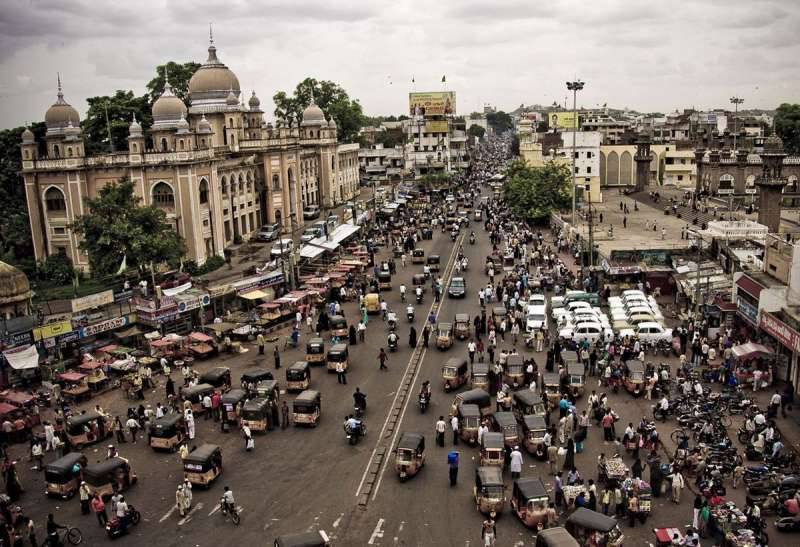
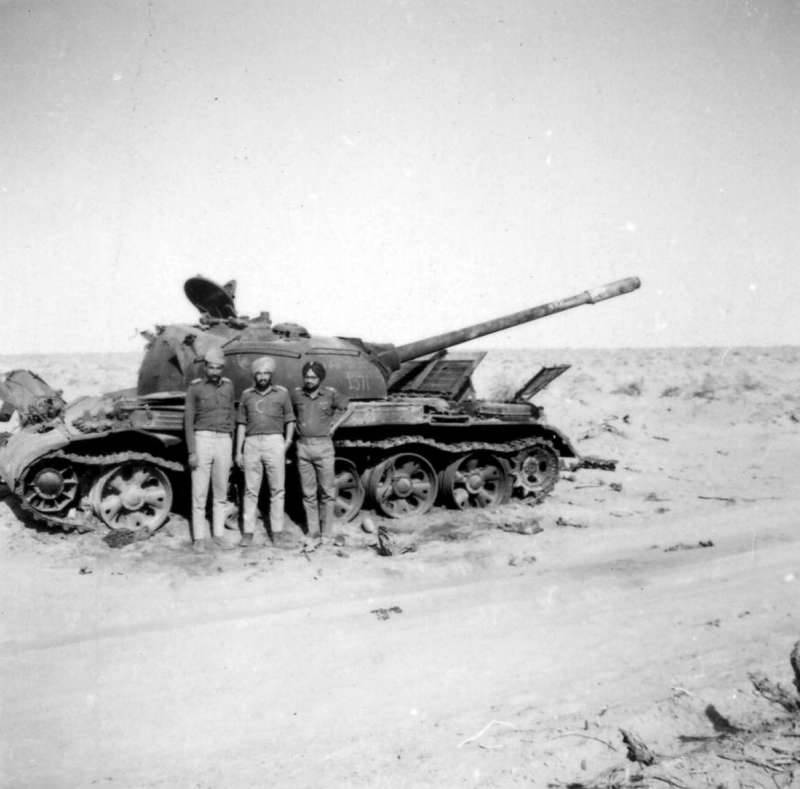
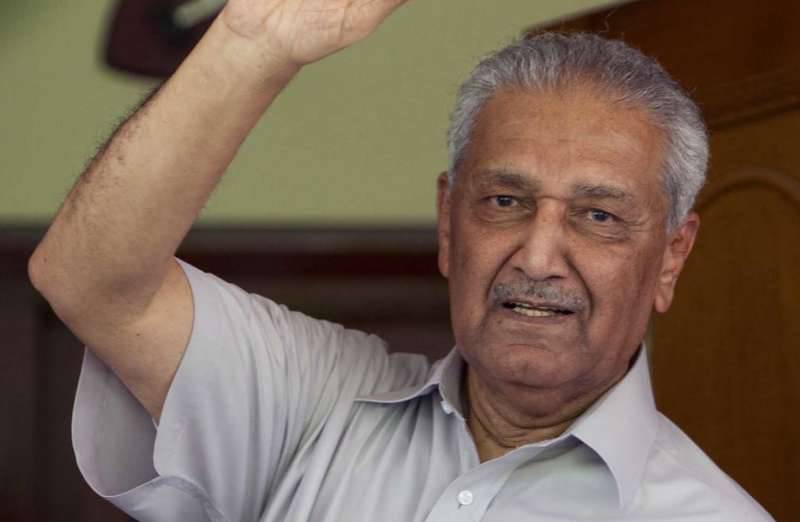
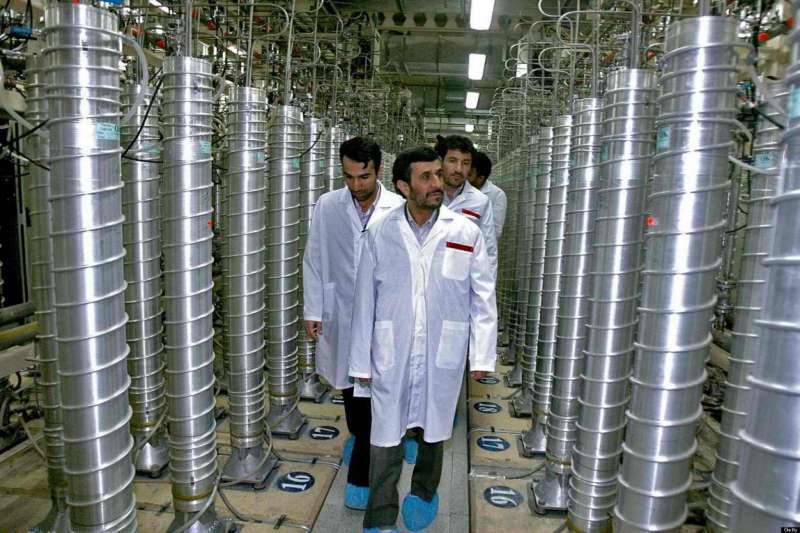
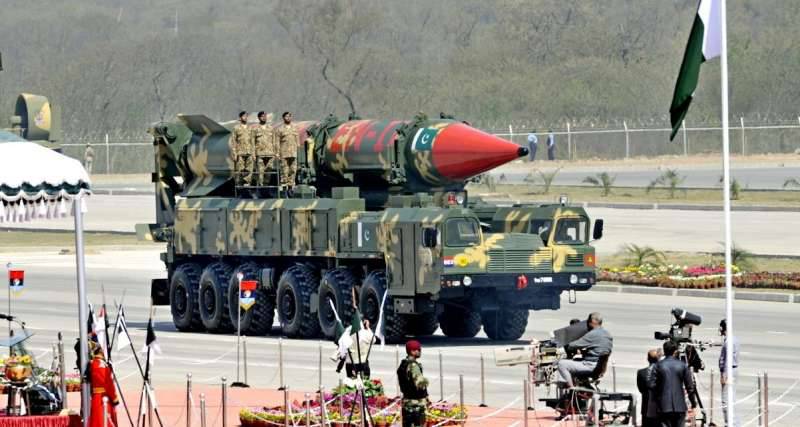
Information